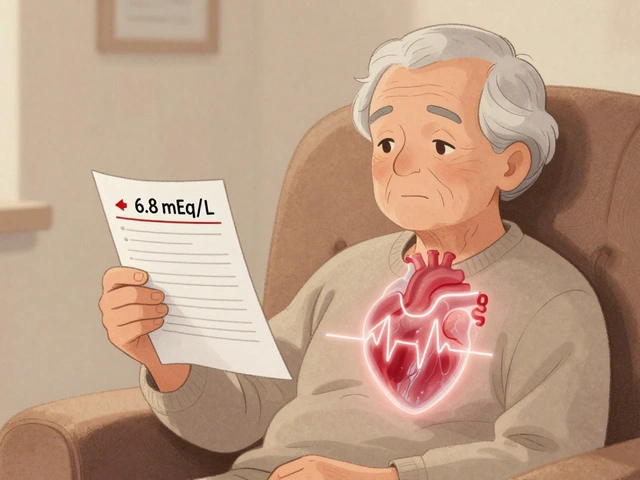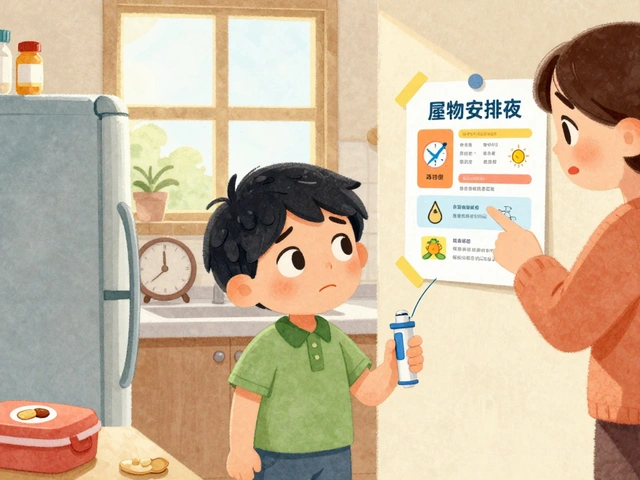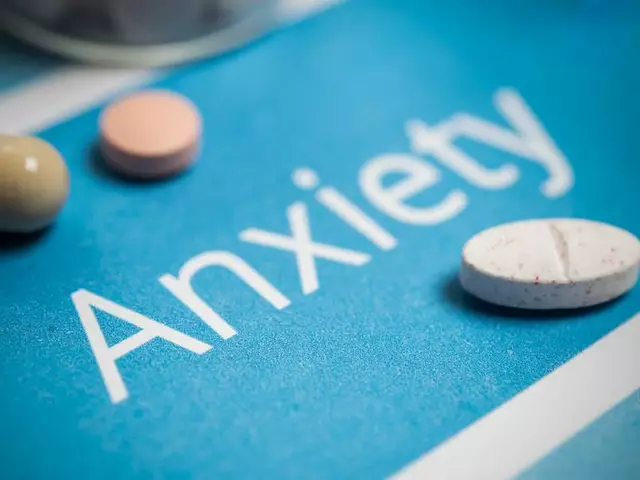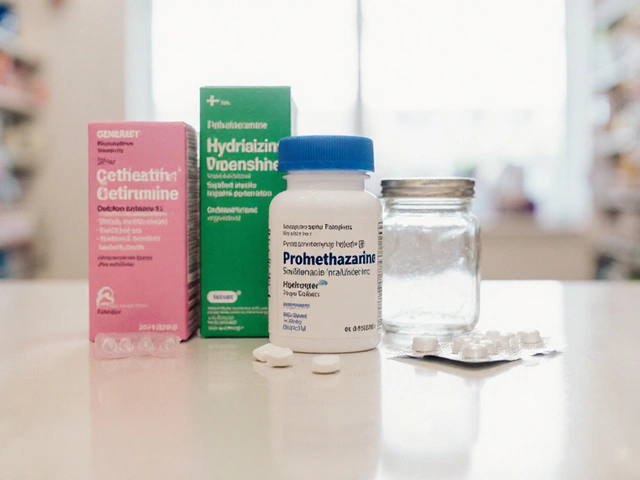Allopurinol: a plain‑spoken guide
Allopurinol is a medicine people take to lower uric acid. Doctors prescribe it most often for gout prevention and for chronic high uric acid (hyperuricemia). It doesn’t stop a sudden gout attack, but it reduces how often future attacks happen by blocking the enzyme that makes uric acid.
If you’ve been told you need allopurinol, you probably want to know how to use it safely and what to watch for. Below are practical, no‑nonsense pointers that patients actually need.
How to take it and what to expect
Doctors usually start low and raise the dose slowly. A common starting dose is 100 mg a day; your doctor may increase this every few weeks until uric acid is in the target range. People with kidney problems often start at a lower dose and follow a specific schedule — so don’t copy someone else’s dose.
Expect results over weeks to months. Uric acid falls gradually, and gout flare frequency drops over time. Don’t stop allopurinol if you get a flare soon after starting — that can make things worse. Many clinicians give a short course of colchicine or an NSAID during the first months to prevent flares while uric acid comes down.
Side effects, interactions, and safety checks
Most side effects are mild: stomach upset, diarrhoea, or a small rash. But watch out for signs of a serious reaction: widespread rash, fever, sore throat, jaundice, or unexplained tiredness. Those can be signs of allopurinol hypersensitivity syndrome — a rare but life‑threatening condition that needs immediate medical care.
Certain people have higher risk for severe reactions. Testing for HLA‑B*5801 is often recommended for people of Korean, Han Chinese, or Thai descent, and for some with kidney disease. If you fall into those groups, ask your provider about testing before starting.
Allopurinol interacts with a few meds. Important ones: azathioprine and mercaptopurine — these can become toxic when used with allopurinol, so dose changes or alternatives are needed. If you take warfarin, immunosuppressants, or certain cancer drugs, your doctor will monitor you more closely. Always tell every provider and your pharmacist that you’re on allopurinol.
Before starting, expect baseline blood tests: kidney function, liver tests, and a uric acid level. Your doctor may recheck labs after dose changes. Keep hydrated and limit alcohol and very high‑purine foods (organ meats, some seafood) to help control uric acid.
If you notice any new rash, fever, or sudden illness after starting allopurinol, stop the drug and contact your doctor right away. For the rest, taking it daily as prescribed, getting follow‑up bloodwork, and avoiding known drug interactions will keep you on track.
Want alternatives? Febuxostat is another uric acid‑lowering option, but it has different risks and costs. Talk with your doctor about what fits your health and goals. Simple steps—regular meds, checkups, and hydration—go a long way toward fewer gout attacks and better long‑term outcomes.
27
Allopurinol and the Immune System: What Gout Patients Need to Know
As a gout patient, I recently learned about the connection between allopurinol and the immune system. Allopurinol is a medication commonly prescribed to treat gout by reducing the production of uric acid in the body. While it can be effective, it's important to know that it may also affect our immune system, possibly leading to a higher risk of infections. It's crucial for us gout patients to discuss the potential side effects with our doctors and monitor our health closely while on this medication. By staying informed, we can make better decisions for our overall well-being.
Latest Posts
Popular Posts
-
 Pharmacy Reimbursement: How Generic Substitution Impacts Pharmacies and Patients Financially
Pharmacy Reimbursement: How Generic Substitution Impacts Pharmacies and Patients Financially
-
 Dangerous Hyperkalemia from Medications: Cardiac Risks and Treatment
Dangerous Hyperkalemia from Medications: Cardiac Risks and Treatment
-
 Allergy Action Plan: Essential Medications to Carry and When to Use Them
Allergy Action Plan: Essential Medications to Carry and When to Use Them
-
 Acromegaly: Understanding Excess Growth Hormone and Effective Treatment Options
Acromegaly: Understanding Excess Growth Hormone and Effective Treatment Options
-
 Over-the-Counter Medication Safety: Hidden Ingredients and Interactions You Can't Afford to Ignore
Over-the-Counter Medication Safety: Hidden Ingredients and Interactions You Can't Afford to Ignore



